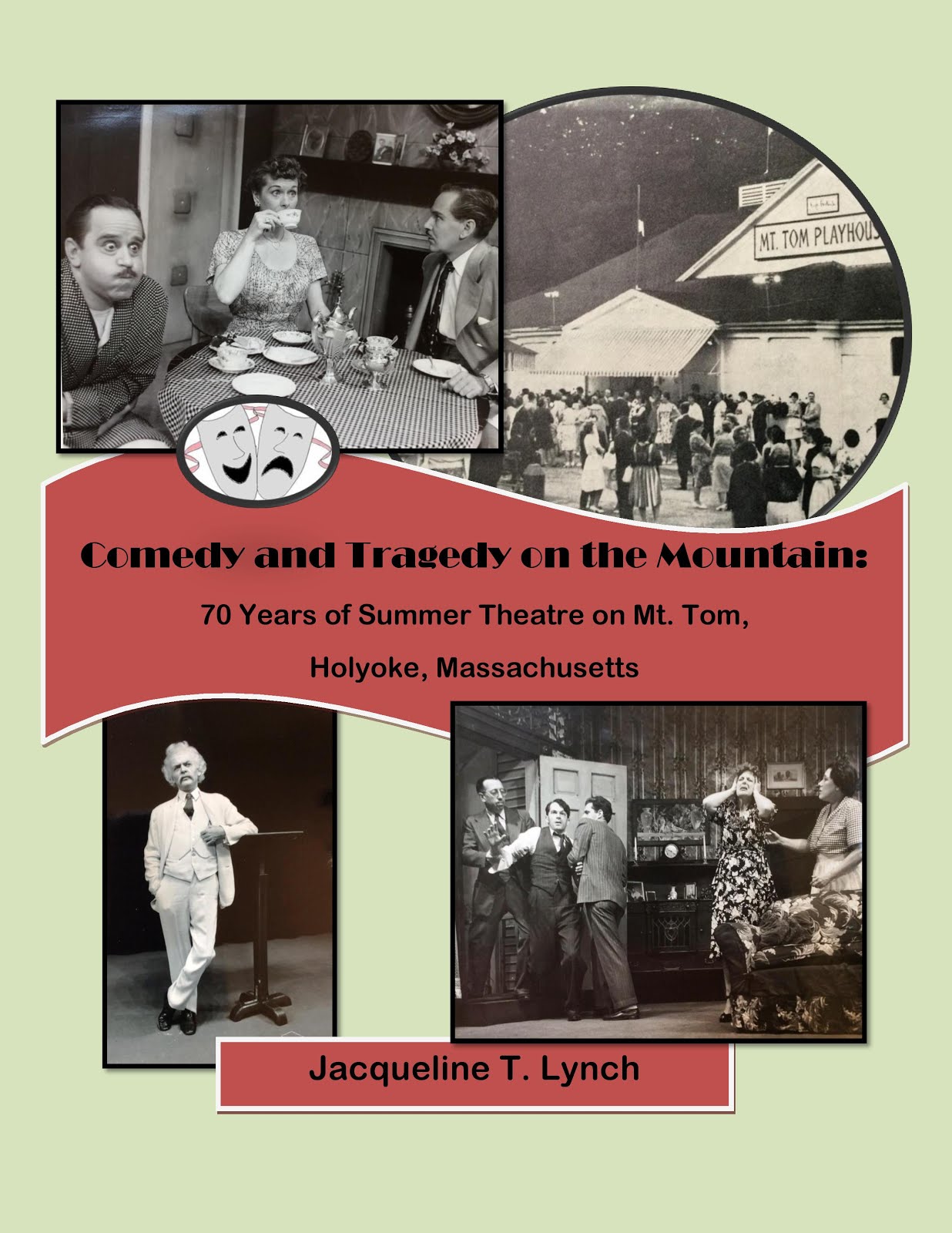Gillette’s Castle is a most unusual home belonging to, and built by, a most accomplished and unusual man. He was William Gillette, one of the leading actors of American theater in the 19th and early 20th centuries. His most famous portrayal was as Sherlock Holmes, and for a generation, Mr. Gillette was Sherlock to the public.
He also added a few touches to Sherlock that we now associate with the character, but that did not come from the author of the original Sherlock Holmes stories, Sir Arthur Conan Doyle.
William Gillette, 1895. Photo in the public domain.
It was William Gillette who gave Sherlock the deerstalker hat after an original Strand illustration. Gillette came up with the meerschaum pipe, changing Sherlock’s originally written straight pipe. He also came up with the exclamation, “Elementary” as in “This is elementary, my dear fellow…” which was changed in the first Sherlock Holmes movie to “Elementary, my dear Watson.”
Gillette’s creativity as a playwright, and actor, director, a producer, a stage manager also led to his inventing some stage special effects, and a few patents for such, and other gadgets like a time stamp.
With ultimate stagecraft, he created rooms with built-in couches, secret entrances, and no door exactly the same, but all crafted handsomely in oak and stone. It looks medieval, but is constructed and appointed with amazingly functional simplicity.
Outside on the extensive grounds among handsome walking trails is a narrow gauge railroad he built.
William Gillette was born in Hartford, a descendant of the founder of Hartford, Thomas Hooker. His last performance was at the Bushnell Theater, in Hartford, in 1936. He died in 1937, and the State of Connecticut purchased the property in 1943. Gillette’s wife had died before him, and they had no children.
For more on the Gillette Castle State Park, have a look at this website.
Below are a couple of short clips on William Gillette. (Don’t forget to scroll down to the bottom of the page to pause the music so you can hear the videos.)






























